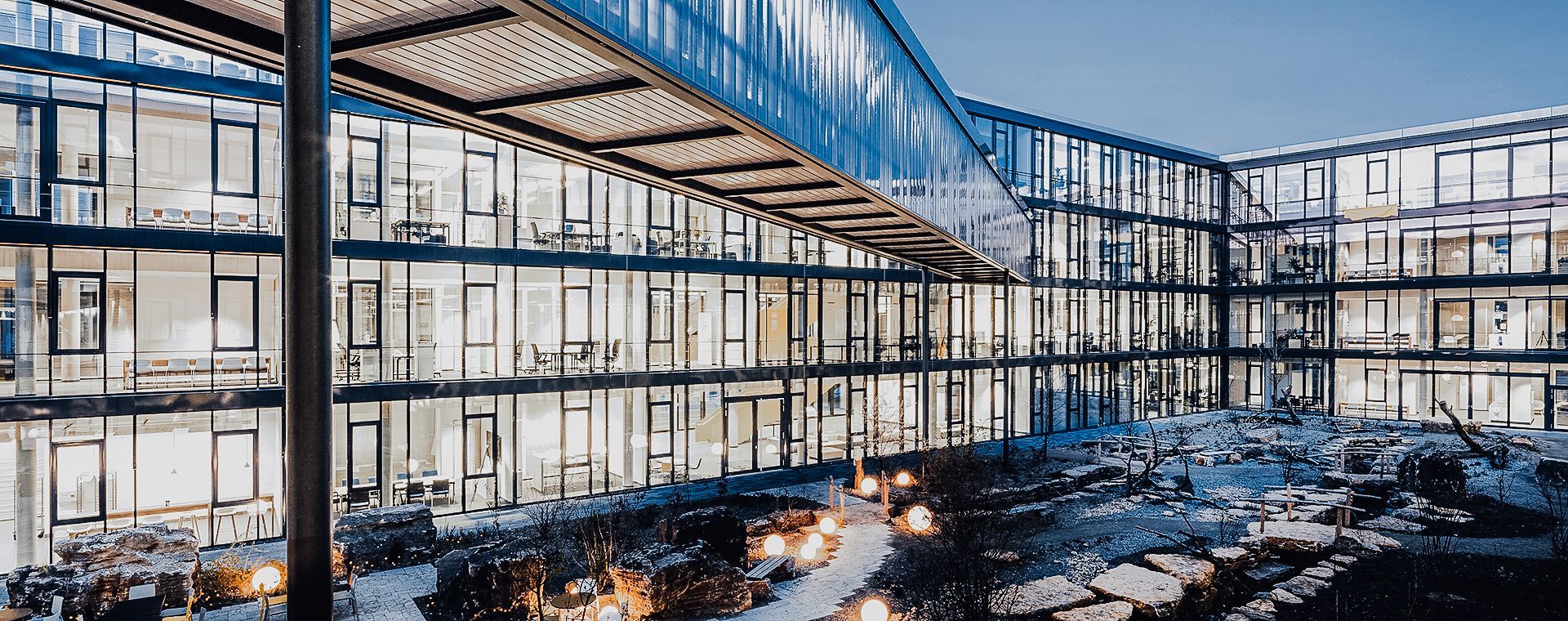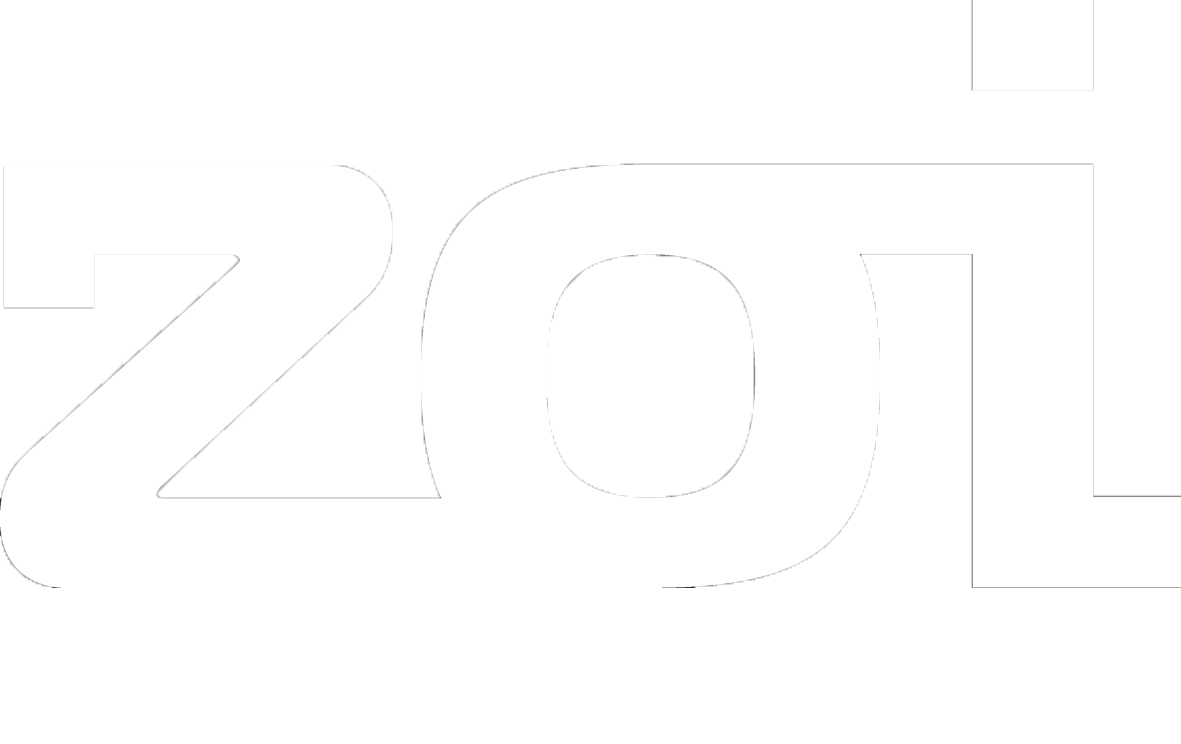Kärcher
GOOGLE WORKSPACE CLOUD MIGRATION
INDUSTRY
Manufacturing
CLOUD PROVIDER
Google Cloud

Kärcher brings its global workforce of 13,500 together on Google Workspace to enable easier, more efficient communication while supporting international collaboration between departments.
This is a paragraph. Writing in paragraphs lets visitors find what they are looking for quickly and easily.
This is a paragraph. Writing in paragraphs lets visitors find what they are looking for quickly and easily.
This is a paragraph. Writing in paragraphs lets visitors find what they are looking for quickly and easily.
This is a paragraph. Writing in paragraphs lets visitors find what they are looking for quickly and easily.
GLOBAL REAL-TIME COLLABORATION
PROCESS MODERNISATION AND CLEAN UP OF LEGACY TOOLS
MOBILE DEVICE-OPTIMISED MAKING IT EASIER TO WORK FROM ANYWHERE
SOFT-LAUNCH INCREASED TOOL USAGE BY 20X IN THE FIRST WEEK
Google Workspace lets us streamline our processes by not only addressing our technical challenges across borders but also enabling a cultural shift toward a more collaborative way of working.
DANIEL HEUBACH
Executive Vice President Information Technology & Digital Transformation at Kärcher
We wanted to transform ways of working that are no longer efficient. For example, why create many versions of the same document when you can collaborate in real-time on Google Docs?
BENJAMIN HERMANN
CEO at Zoi
With Google Workspace in place, Kärcher employees have the robust technical solutions they need to work with autonomy and continue building on Kärcher’s rich history of providing innovative solutions for customers.
BENJAMIN HERMANN
CEO at Zoi
FACING THE TECHNICAL CHALLENGES OF INTERNATIONAL COLLABORATION
Implementing entirely new processes and systems across a global organization doesn’t have to be a headache, as German manufacturer Kärcher demonstrates. Founded in 1935 by the inventor of the European high-pressure washer, Alfred Kärcher, the company has long been synonymous with innovation and high-quality cleaning products across the continent. In fact, the company’s name is still used today as shorthand for pressure washers in many countries.
Although it is one of Germany’s most well-known traditional »Mittelstand« companies, Kärcher has always focused on developing and delivering new technological solutions in its sector, from its founder’s workbench in 1935 to a global network of factories and labs today. Throughout this time, the company’s mission has remained unchanged: to create innovative cleaning solutions that make the lives of its customers easier.
To deliver on this mission for more customers worldwide, Kärcher has multiplied in recent years, adding thousands of new staff members to its ranks. Today, it employs 13,500 people worldwide, while its products are sold by more than 130 companies in 73 countries. And it’s not just the lives of customers that Kärcher aims to improve: the well-being of its employees is also a key priority for the company. With this in mind, Kärcher aims to stay informed on the specific challenges and concerns team members face on a daily basis and conducts biannual internal surveys that seek to identify key pain points and bottlenecks in its processes, systems, and work culture.
A key theme that appeared time and again in its biannual surveys was the technical challenges of international collaboration between departments. Rapid growth has created new challenges for the company’s aging hybrid IT infrastructure, with technical obstacles appearing as teams tried to collaborate across systems and borders. Looking for a solution, Kärcher turned to Google Workspace.
ENABLING GLOBAL COLLABORATION WITH A MODERN INFRASTRUCTURE
Before Google Workspace, staff at the company’s Winnenden headquarters were working together on their own legacy infrastructure, while colleagues in other regions were utilizing a patchwork of different systems. This meant that it was “nearly impossible” for team members to collaborate with coworkers in the US or France without email attachments. “We’re spread across numerous borders in the real world, and these were starting to become digital barriers as teams in different regions adopted their own tools and work practices that were sometimes incompatible with one another”, explains Heubach.
Kärcher’s solution was to bring its global workforce together on one platform for collaboration worldwide. While looking for solutions to enable easier communication, Kärcher decided to use this momentum to also start migrating some of its company data and employee identity from siloed on-premises infrastructures to the cloud, in order to make information and work tools more easily accessible from anywhere in the world. “We wanted to transform ways of working that are no longer efficient. For example, why create many versions of the same document when you can collaborate in real-time on Google Docs?”, says Benjamin Hermann, CEO at Zoi.
TRANSFORMING COMMUNICATION PRACTICES “OVERNIGHT” WITH GOOGLE MEET
Working closely with IT consulting partner Zoi, Kärcher began its migration to Google Workspace in March 2020, beginning with proof of concept tests around identity access at its headquarters in Winnenden. “The plan was to roll out country by country so that we could provide the functionality of Google Workspace to colleagues while gradually cleaning up our legacy infrastructure”, says Hermann. “But COVID-19 forced us to take a much faster, more drastic approach.”
With colleagues in Spain and Italy suddenly placed under strict lockdowns and unable to access their usual office equipment, Kärcher had to act faster than initially planned to enable them to work safely from home. “We decided to roll out Google Workspace feature-by-feature across the global company, rather than country by country. Overnight, Google Chat, and Google Meet were implemented for the entire company. Within just one week, we had 13,500 employees worldwide collaborating from their home offices using Google Workspace”, says Heubach.
Before Google Workspace, Kärcher teams communicated by phone or email. Now, they can choose different ways to get in contact. “Because Google Chat and Google Meet are so easy to use and can be rolled out very quickly, Kärcher employees worldwide adopted these new channels of communication overnight and with minimal training. Using more Google Workspace functionalities became a natural progression from there, and we’ve noticed an increased culture of collaboration and autonomy among colleagues since the migration”, says Hermann.
To further support and encourage this increased autonomy, Kärcher also hosted training sessions over Google Meet for those less familiar with the new tools. And to help colleagues to stay up-to-date with new features and make the most of the tools, Kärcher provides FAQs and explainer videos via Google Drive, which is further supporting a mindset shift towards new, digital, and more collaborative working practices. The company also trained its own Google Guides – colleagues from various departments within Kärcher who were equipped with advanced knowledge of Google Workspace. They are now able to share what they’ve learned with the rest of the team, whether that’s a new starter with a burning question or a more experienced member of staff who wants to become a power user.
GOOGLE WORKSPACE
- Enables real-time collaboration for 13,500 global staff.
- Fosters a culture of top performance through intuitive tools used by internal teams to devise creative solutions.
- Speeds up collaboration by empowering colleagues to move from email attachments to working simultaneously on Google Docs.
- Allows staggered migration from a hybrid environment by enabling organizations to implement different features at a time.
EMPOWERING EMPLOYEES WITH MORE AUTONOMY TO CONTINUE INNOVATING
Next, Kärcher plans to migrate more company data to Google Workspace and to empower employees worldwide to continue to become more autonomous in their day-to-day work and collaborative across borders.
So far, the shift Hermann talks about was welcomed with enthusiasm by global colleagues. “We’ve heard feedback from thousands of employees who never knew that people could edit a document simultaneously, in real-time, from different parts of the world. They just didn’t know this was possible, and this is an exciting thing for them to be doing without any IT support,” says Hermann. And Heubach agrees. “We always talked about empowering people to do more on their own, and now we can. We have financial teams building completely new processes and solutions for themselves using Google Slides, Google Forms, and Google Sheets. It is already clear that these tools are influencing Kärcher’s culture.”
As Kärcher prepares for the next stage of its IT migration, its leaders are optimistic. “We can talk about empowerment, enablement, and responsibility, but without tools to act on it, these are just words”, says Hermann. “With Google Workspace in place, Kärcher employees have the robust technical solutions they need to work with autonomy and continue building on Kärcher’s rich history of providing innovative solutions for customers.”
Note: Google Workspace was formerly known as G Suite prior to Oct. 6, 2020.
This article was first published
here.
ABOUT KÄRCHER
Alfred Kärcher SE & Co. KG is headquartered in Winnenden, Germany, and has 130 subsidiaries in 73 countries. They are the world's leading supplier of cleaning technology and are probably best known for their high-pressure cleaners and range of products and services for professional cleaning of offices, hotels, and supermarkets. The family-owned company employs around 13,500 people and can look back on a company history spanning more than 85 years.
CAROUSEL FILTER SETUP
CASES
Here are a few examples of how we have successfully supported our Manufacturing customers.
This is a paragraph. Writing in paragraphs lets visitors find what they are looking for quickly and easily.
This is a paragraph. Writing in paragraphs lets visitors find what they are looking for quickly and easily.
This is a paragraph. Writing in paragraphs lets visitors find what they are looking for quickly and easily.
This is a paragraph. Writing in paragraphs lets visitors find what they are looking for quickly and easily.
LET’S EXCHANGE IDEAS
Because you could change direction much faster than you think.



